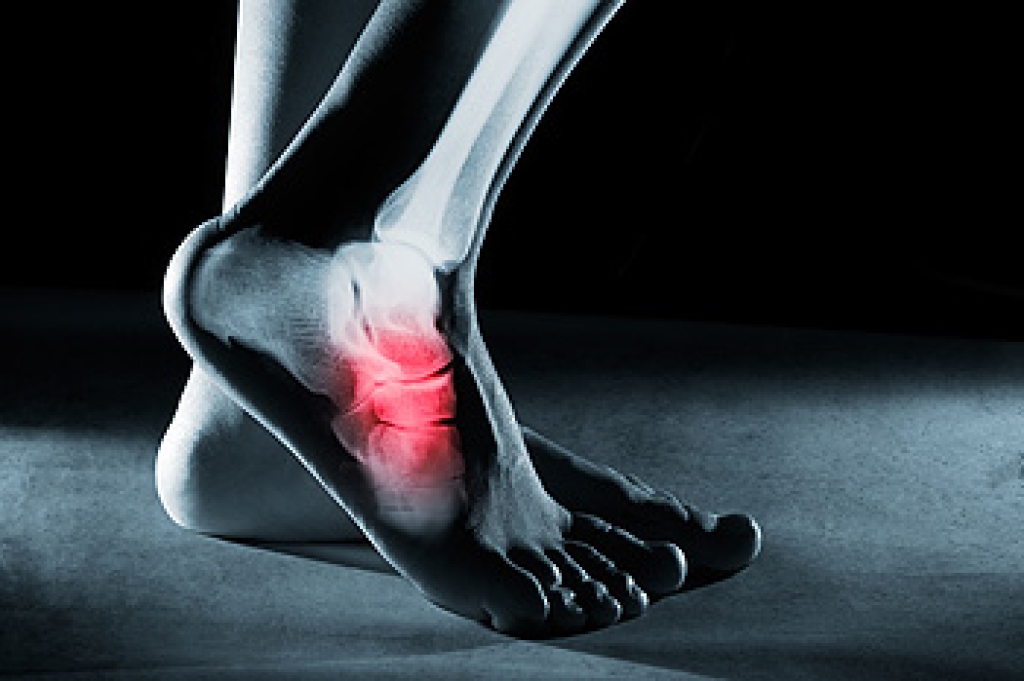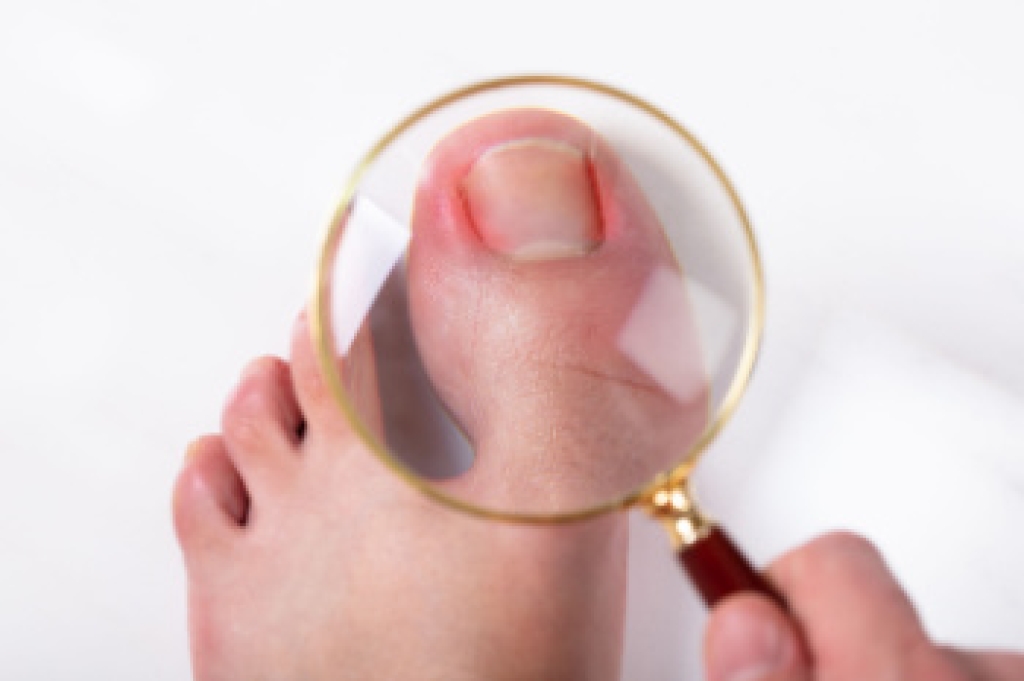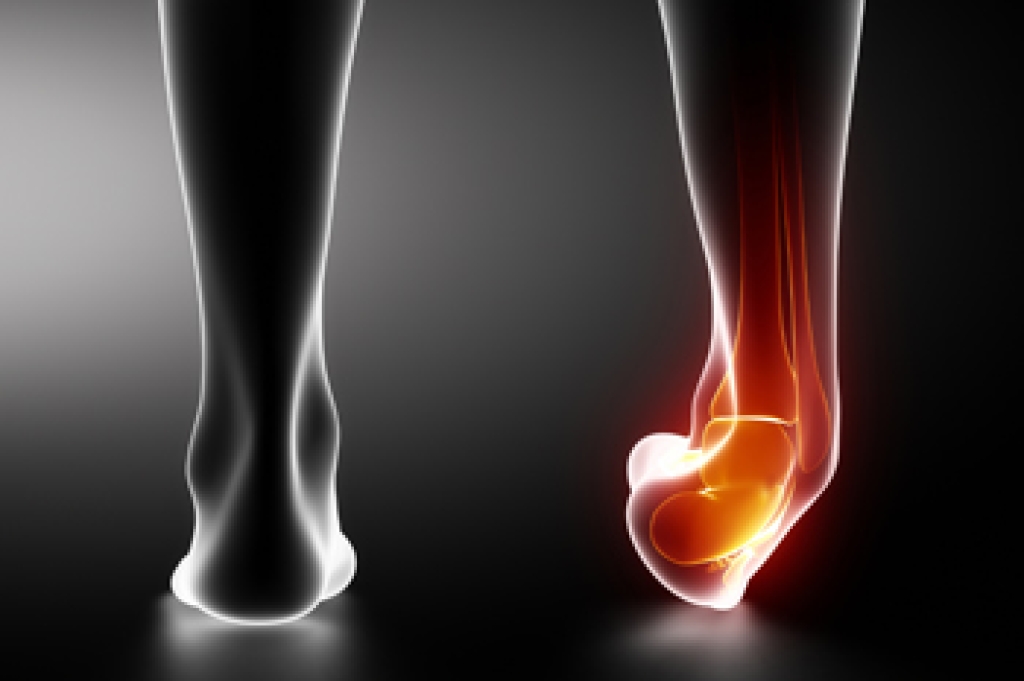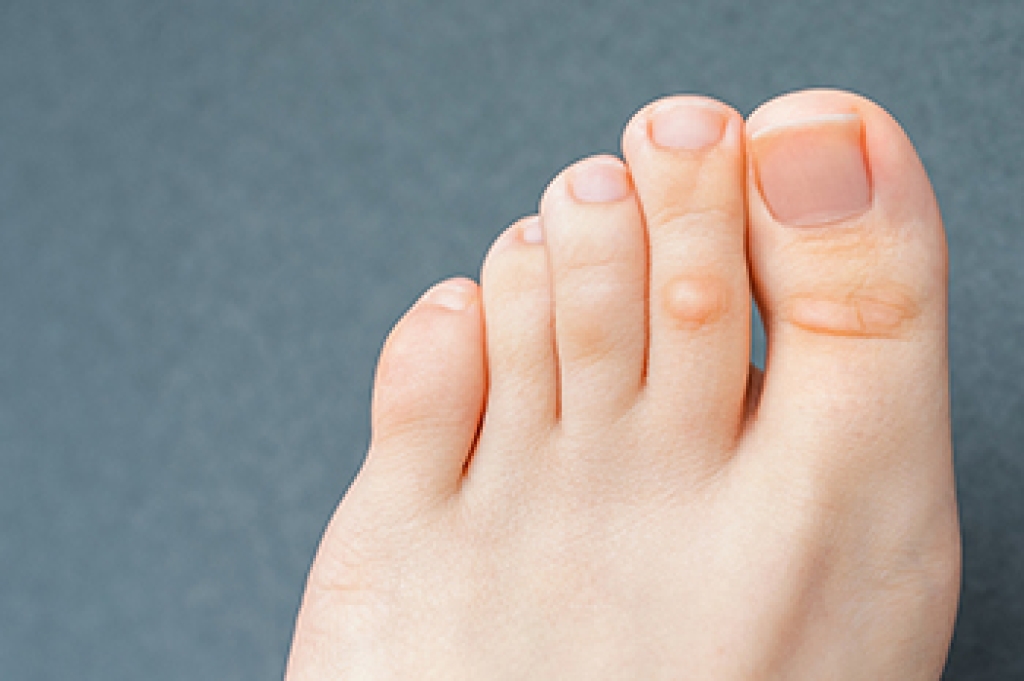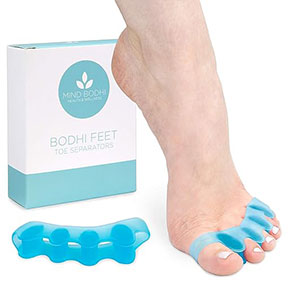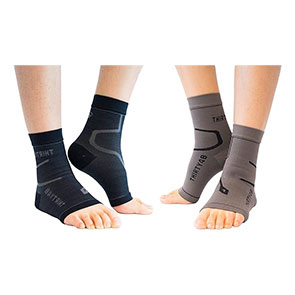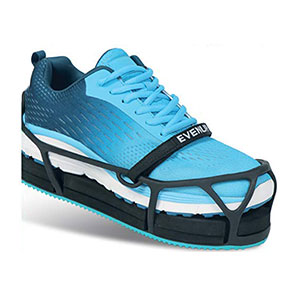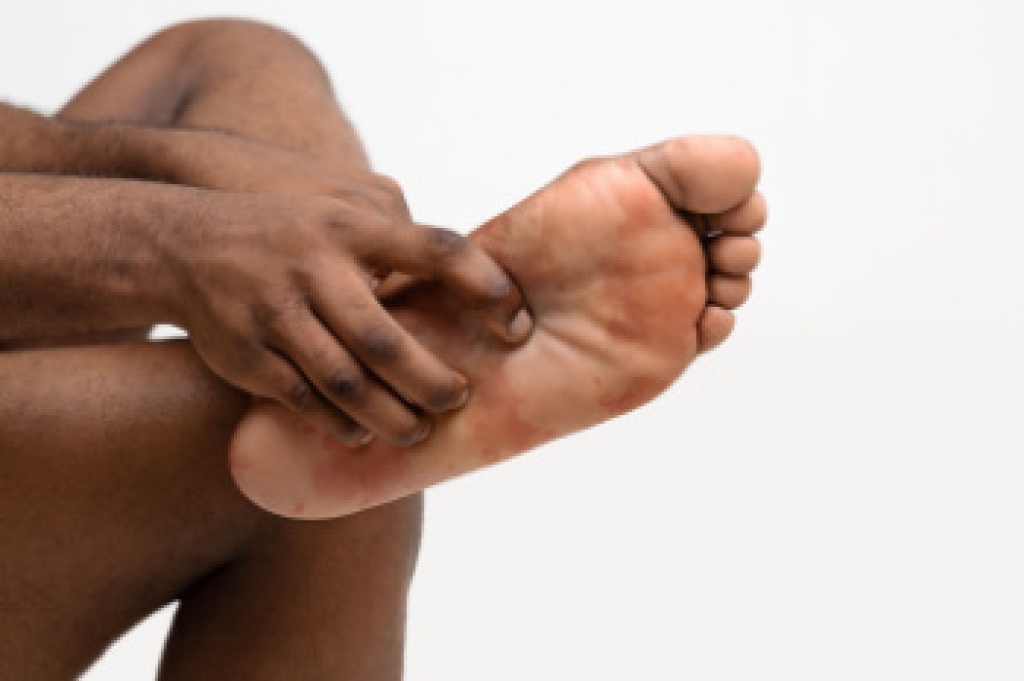
Plantar fasciitis is one of the most common causes of heel discomfort, often producing sharp pain with the first steps in the morning or after long periods of rest. The condition develops when the plantar fascia, which is the strong band of tissue along the bottom of the foot, becomes irritated or inflamed. Contributing factors include flat feet, high arches, unsupportive shoes, excess weight, or repetitive strain from running and standing. Over time, the tissue tightens and microtears may form, leading to ongoing soreness. Stretching the calves and plantar fascia and using supportive footwear can ease symptoms. Night splints and orthotic inserts may also provide relief. While many cases improve with conservative care, untreated plantar fasciitis can become chronic and interfere with daily activity. If heel pain persists, it is suggested that you visit a podiatrist for an accurate diagnosis and a tailored treatment plan.
Plantar fasciitis is a common foot condition that is often caused by a strain injury. If you are experiencing heel pain or symptoms of plantar fasciitis, contact Kinna Patel, DPM from Sava Podiatry & Wellness Centers. Our doctor can provide the care you need to keep you pain-free and on your feet.
What Is Plantar Fasciitis?
Plantar fasciitis is one of the most common causes of heel pain. The plantar fascia is a ligament that connects your heel to the front of your foot. When this ligament becomes inflamed, plantar fasciitis is the result. If you have plantar fasciitis you will have a stabbing pain that usually occurs with your first steps in the morning. As the day progresses and you walk around more, this pain will start to disappear, but it will return after long periods of standing or sitting.
What Causes Plantar Fasciitis?
- Excessive running
- Having high arches in your feet
- Other foot issues such as flat feet
- Pregnancy (due to the sudden weight gain)
- Being on your feet very often
There are some risk factors that may make you more likely to develop plantar fasciitis compared to others. The condition most commonly affects adults between the ages of 40 and 60. It also tends to affect people who are obese because the extra pounds result in extra stress being placed on the plantar fascia.
Prevention
- Take good care of your feet – Wear shoes that have good arch support and heel cushioning.
- Maintain a healthy weight
- If you are a runner, alternate running with other sports that won’t cause heel pain
There are a variety of treatment options available for plantar fasciitis along with the pain that accompanies it. Additionally, physical therapy is a very important component in the treatment process. It is important that you meet with your podiatrist to determine which treatment option is best for you.
If you have any questions, please feel free to contact our office located in Smyrna, GA . We offer the newest diagnostic and treatment technologies for all your foot care needs.
